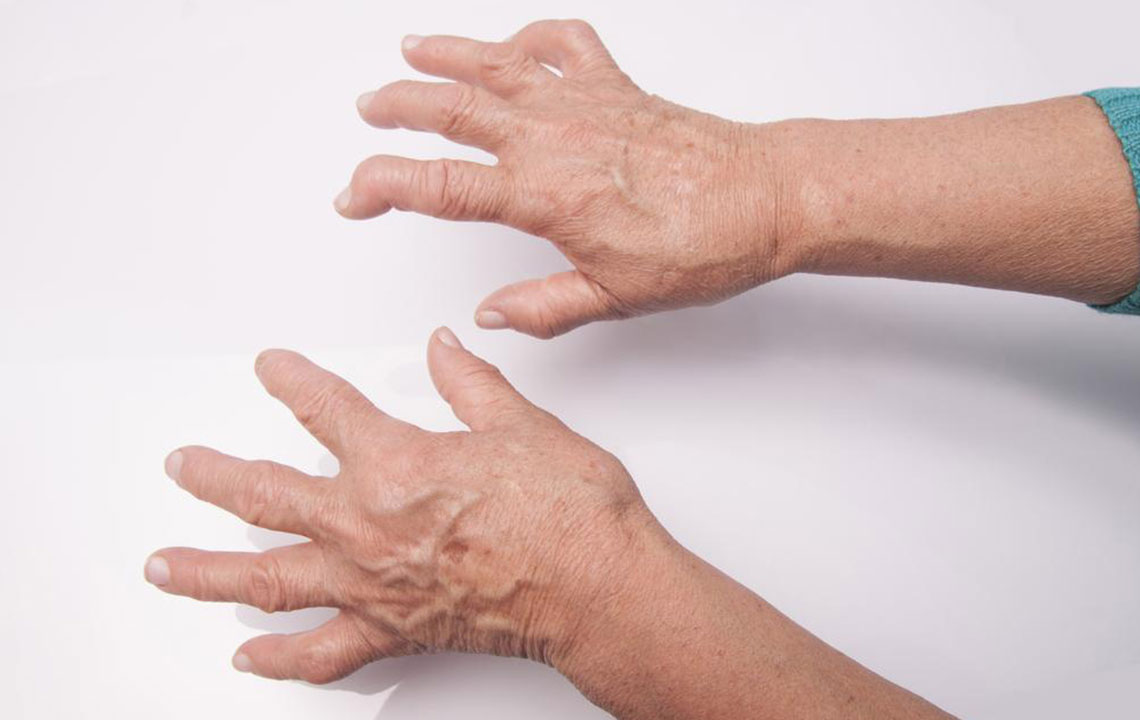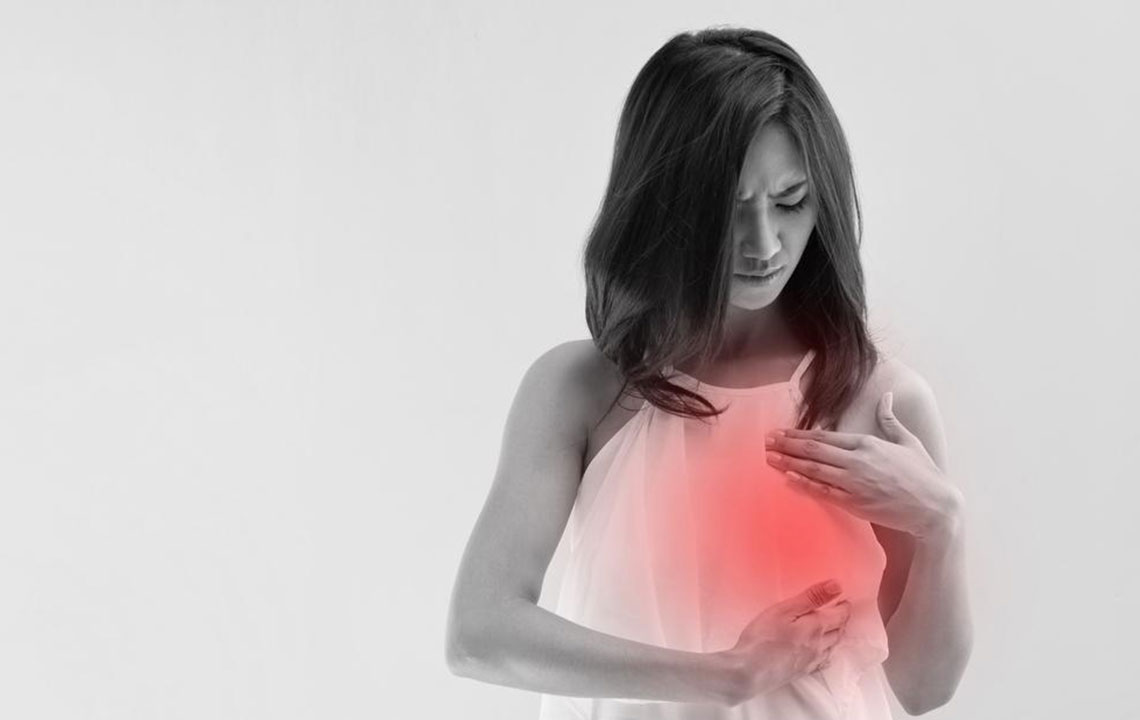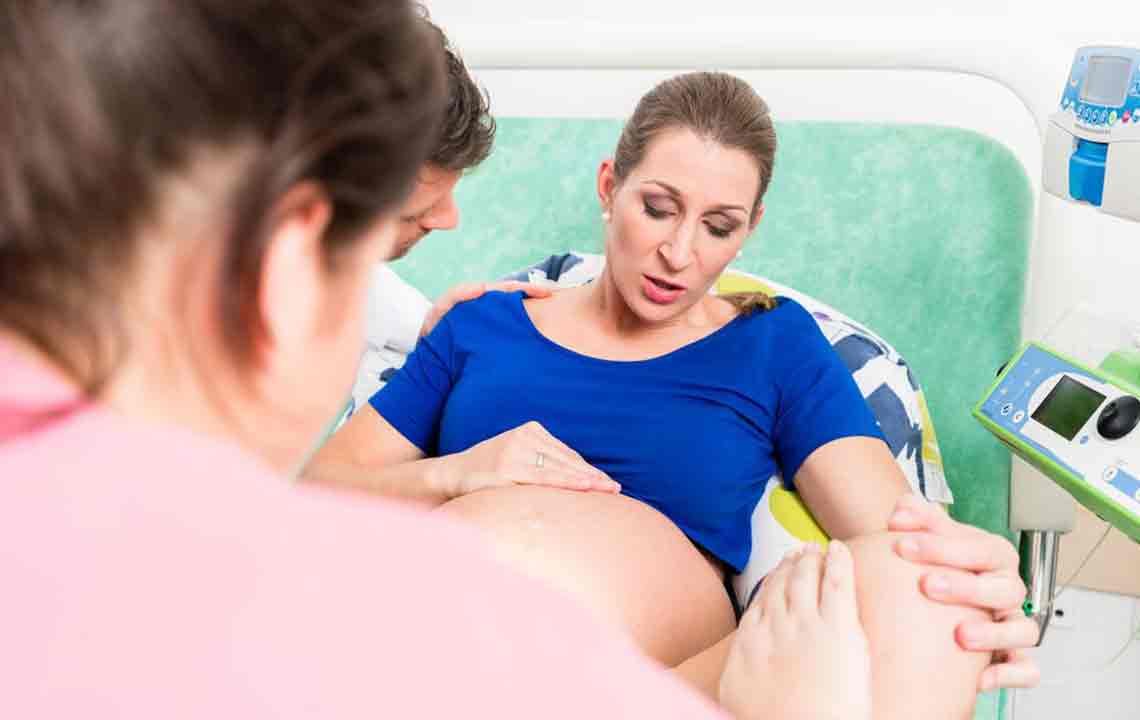Understanding Uterine Fibroids: Causes, Types, and Early Signs
Discover the causes, types, and early warning signs of uterine fibroids. Learn how fibroids develop, their symptoms, and the importance of early detection. This comprehensive overview helps women recognize fibroid symptoms for timely medical intervention and better health management.

Understanding Uterine Fibroids: Causes, Types, and Early Signs
Fibroids are benign growths that develop in or on the uterus, disrupting its normal function. Approximately 30% of women are affected by these muscle and connective tissue tumors. Early detection of fibroid symptoms is crucial for effective management and treatment.
What leads to fibroids? While the exact cause remains unknown, elevated estrogen levels are linked to fibroid formation. They tend to grow after puberty and shrink after menopause, especially during pregnancy when estrogen levels are high.
Types of fibroids include:
Submucosal fibroids: These develop inside the uterine lining, often causing heavy menstrual bleeding.
Intramural fibroids: Found within the uterine muscle wall, affecting the size and shape of the uterus.
Subserosal fibroids: Located on the outer uterine surface, these can press on the bladder, causing discomfort and incontinence.
Pedunculated fibroids: Attached to the uterine wall by a stalk, these can grow inside or outside the uterus.
Early symptoms of fibroids include:
Sharp pain and discomfort due to organ and nerve compression.
Persistent abdominal pain and swelling if fibroids enlarge outside the uterus.
Pain during sexual activity.
Changes in bowel movements, including pain and bloating caused by pressure on the rectum.
Note: Our blog offers informative content across multiple health topics. While useful, this information should not replace professional medical advice. For accurate diagnosis and treatment options, consult a healthcare provider. We disclaim responsibility for any discrepancies or missing details about specific schemes or offers.








